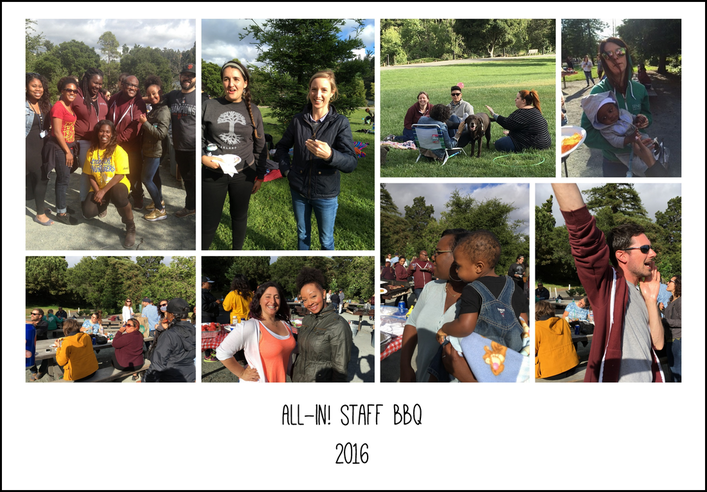
There are so many incredible and inspirational quotes from Donovan Livingston’s commencement speech to his fellow graduates of the Harvard Graduate School of Education. It is a beautiful piece that I have watched and listened to at least 20 times over the past few days. Each time, a new line takes my breath away. But in this moment, thinking of you all and the work that you do on a daily basis, this stanza stands out:

Alli Guilfoil, Director of Academic Intervention















 RSS Feed
RSS Feed